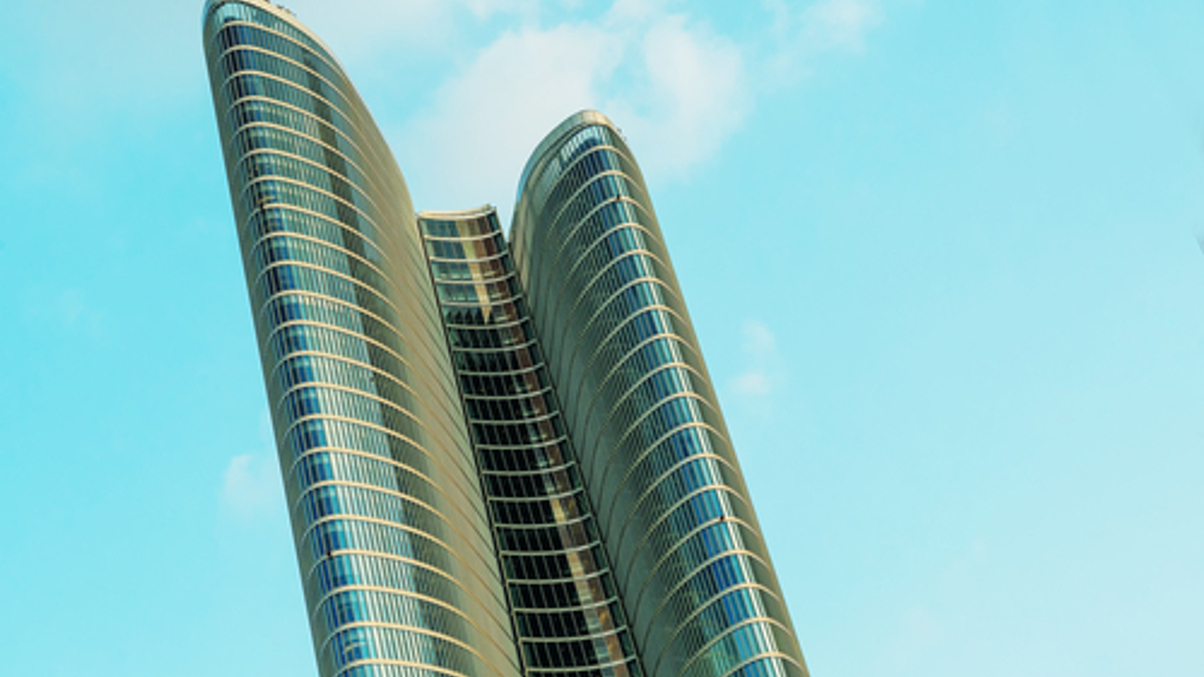Adia adds Asian and direct private equity exposure
Abu Dhabi Investment Authority is building its in-house teams and is focusing more on core PE manager relationships, but it sees potentially lower returns in the asset class.

Abu Dhabi Investment Authority (Adia) has been steadily raising its allocation to direct private equity and private credit and to Asian PE assets, particularly in China and India, said the sovereign wealth fund in its annual review, in which it set out its views across asset classes.
Sign in to read on!
Registered users get 2 free articles in 30 days.
Subscribers have full unlimited access to AsianInvestor
Not signed up? New users get 2 free articles per month, plus a 7-day unlimited free trial.
¬ Haymarket Media Limited. All rights reserved.


